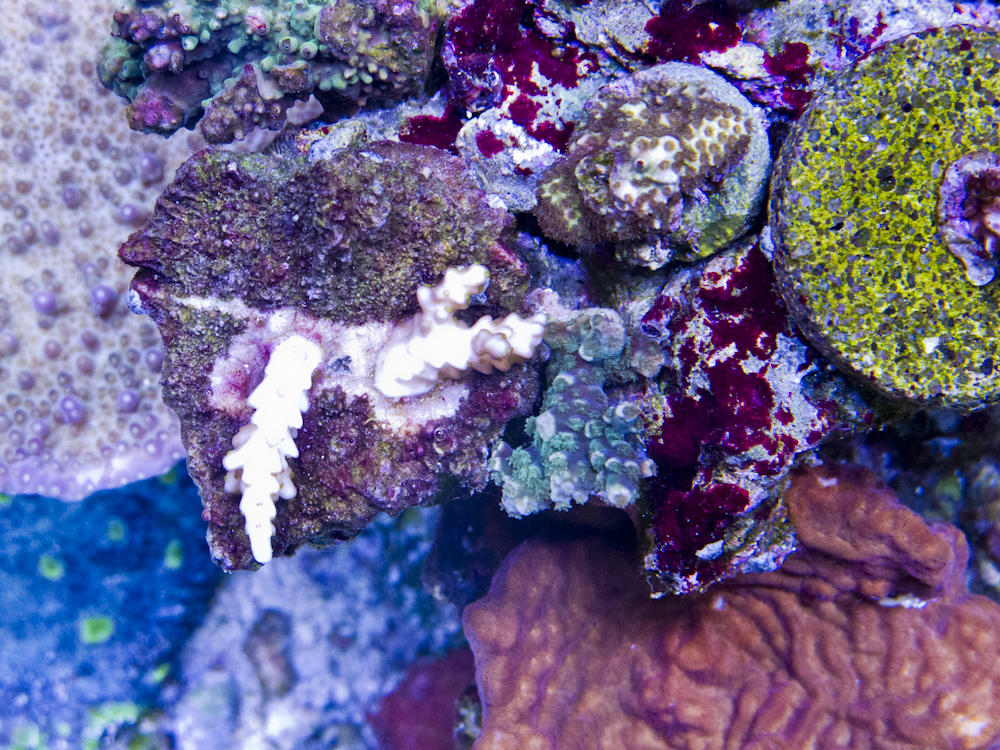am3gross
New member
how much light does sps really need? how many hours? how many watts? i am getting into a debate over this with a friend of mine.... help me out here...
i say that as far as the high intensity goes like metal halides that i could get away with 4 hours... i will still have other lighting but the halides will be on for 4 hours... i will stagger the schedule and have 1st one come on and then the 2nd and then the 3rd.. then have them shut off the same way.. so really the light from the different halides will still get to the other corals... tell me if i am wrong here.. help me settle this debate!!
i say that as far as the high intensity goes like metal halides that i could get away with 4 hours... i will still have other lighting but the halides will be on for 4 hours... i will stagger the schedule and have 1st one come on and then the 2nd and then the 3rd.. then have them shut off the same way.. so really the light from the different halides will still get to the other corals... tell me if i am wrong here.. help me settle this debate!!


